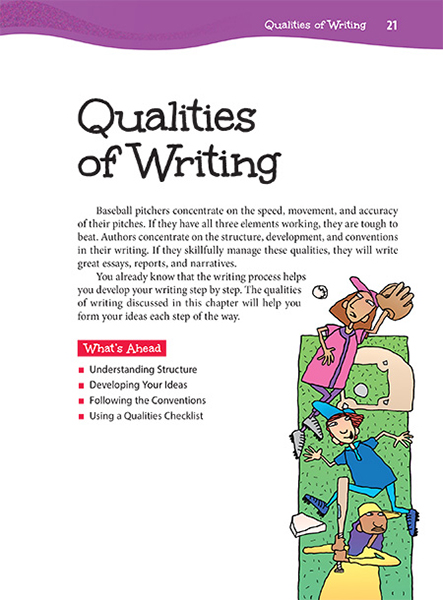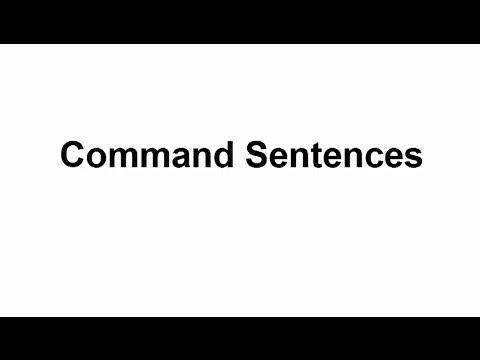Page 021 from

Start-Up Activity
Draw a T-chart on the board. Above the left column, write "Good Writing." Above the right column, write "Bad Writing." Then ask your students, “What are some of the things you notice when writing is really good or when writing is really bad?” Write down their responses in the appropriate columns. After you have a strong list, lead a discussion about the qualities that make writing work well.
Think About It
“If you want to write, you must begin by beginning, continue by continuing, finish by finishing. This is the great secret. . . . Tell no one.”
—Jack Heffron

Start-Up Activity
Draw a T-chart on the board. Above the left column, write "Good Writing." Above the right column, write "Bad Writing." Then ask your students, “What are some of the things you notice when writing is really good or when writing is really bad?” Write down their responses in the appropriate columns. After you have a strong list, lead a discussion about the qualities that make writing work well.
Think About It
“If you want to write, you must begin by beginning, continue by continuing, finish by finishing. This is the great secret. . . . Tell no one.”
—Jack Heffron















